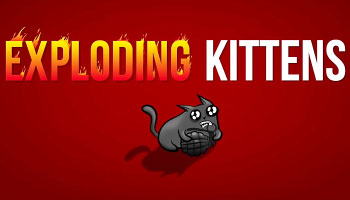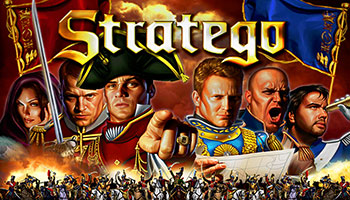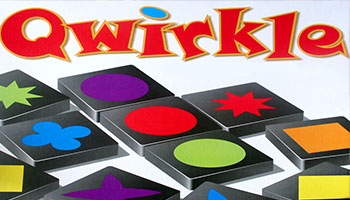
The reverse side of the autumn map is the winter map. You can play any mix of factions on this map, but it is recommended only for experienced players.
Setup
Before playing on the winter map, take out the 12 suit markers, flip them face down, and shuffle them.
Then, place one suit marker near each clearing on the map. After a suit marker has been added to each clearing, flip them all over, and set up the game as normal. Note the different placement of ruins, as shown below. …




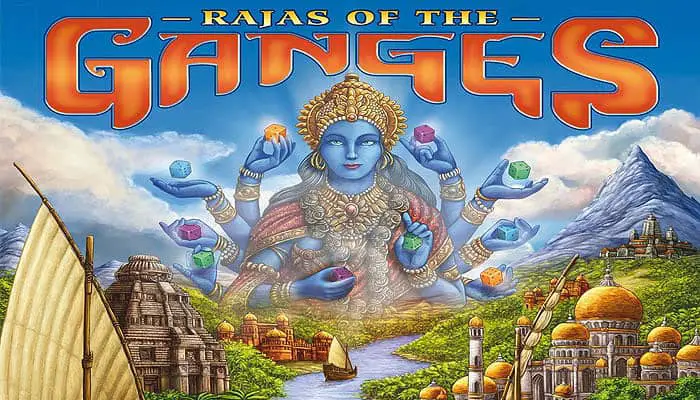




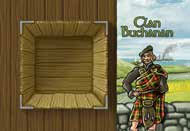
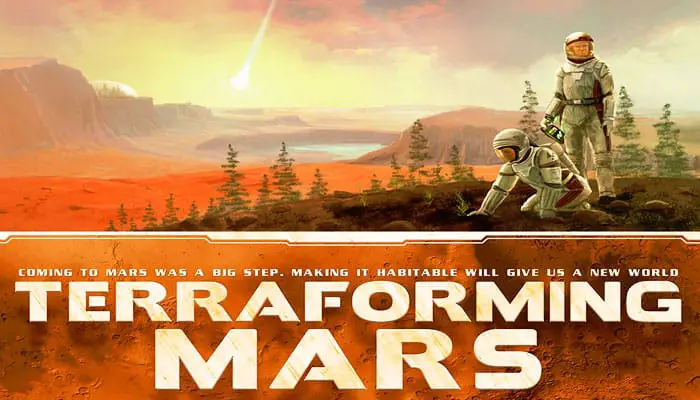
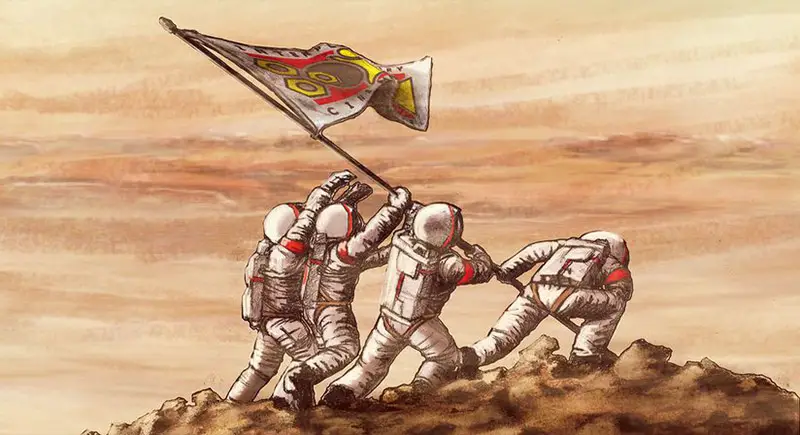



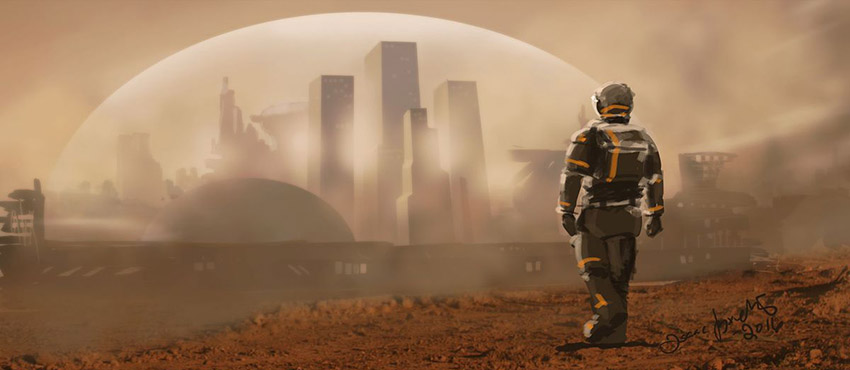
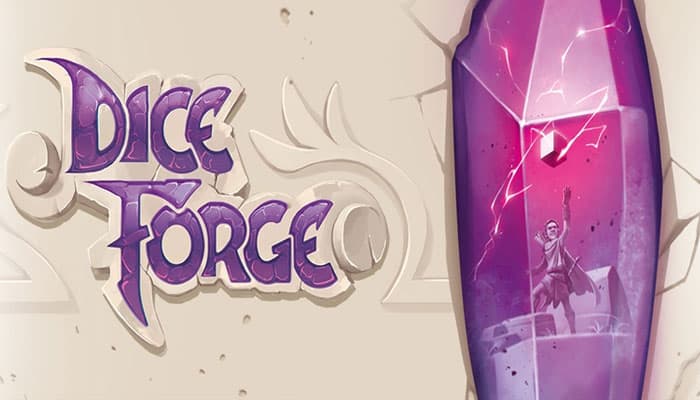
 . During the game, players roll their dice to gain Gold
. During the game, players roll their dice to gain Gold  , Sun Shards
, Sun Shards  , and Moon Shards
, and Moon Shards  , that they can spend to:
, that they can spend to:





